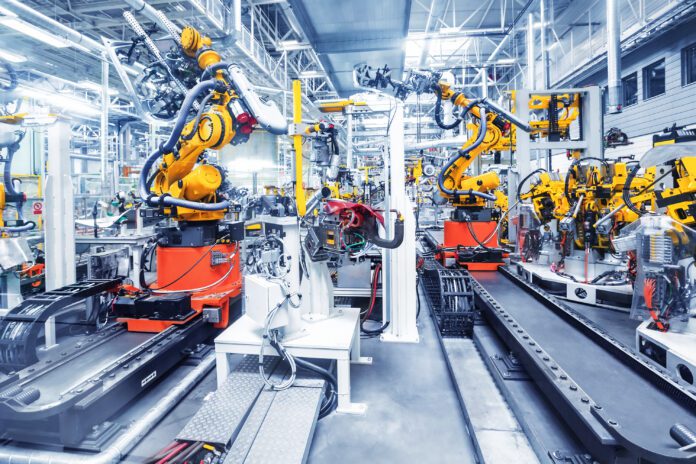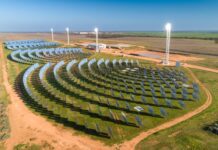
The federal government recently introduced a $15 billion landmark bill that would support, diversify and transform Australia’s industry and economy in an effort to reclaim its reputation as a country that makes things.
The National Reconstruction Fund (NRF) will open funding streams across seven priority areas of the economy: renewables and low emission technologies; medical science; transport; value-add in resources; defence; and enabling capabilities.
What does this mean for Australian manufacturers and business leaders across these sectors?
The idea is simple, according to Minister for Industry and Science Ed Husic. Australia needs to tap into the opportunity to reshape what its people can achieve together, to reinvigorate faith in Australian ideas, and to re-establish the fact that the nation has all the ingredients for success— the people, the capabilities, and the natural resources.
Bridging human capital and technology at home
According to Minister Husic, the NRF will serve as the “connective tissue” between the country’s manpower and onshore technological innovations.
Manufacturing has evolved into more than just rows of workers pumping out parts, which has ultimately challenged businesses into pushing their technological capabilities to go above and beyond.
On top of that, the pandemic has heavily emphasised how much Australia needs to be a country that supports an industry that makes things domestically.
Husic said that the government recognises the need for modern economies to have a very sophisticated manufacturing sector that can meet complex demands.
“I see it all the time in industry. This fund will be the largest in peacetime, directed towards rebuilding manufacturing capability, will go a long way to supporting that ambition of us being a country that makes things,” Husic noted.
“It is one way we realise our ambition to better connect industry to science; to ensure Australian-made discoveries can be commercialised and scaled in Australia,” the minister added.
The NRF is built on the success of the Labor government’s Clean Energy Finance Corporation and will be able to invest through a range of financing, including loans, equity, and guarantees.
The federal government spearheaded the public consultation for NRF’s implementation in late November.
The initiative seeks to further define the scope of the seven priority areas for financial backing and how the fund will make investment decisions.
The Department of Industry, Science, and Resources will accept responses industry until 3 February 2023.



















